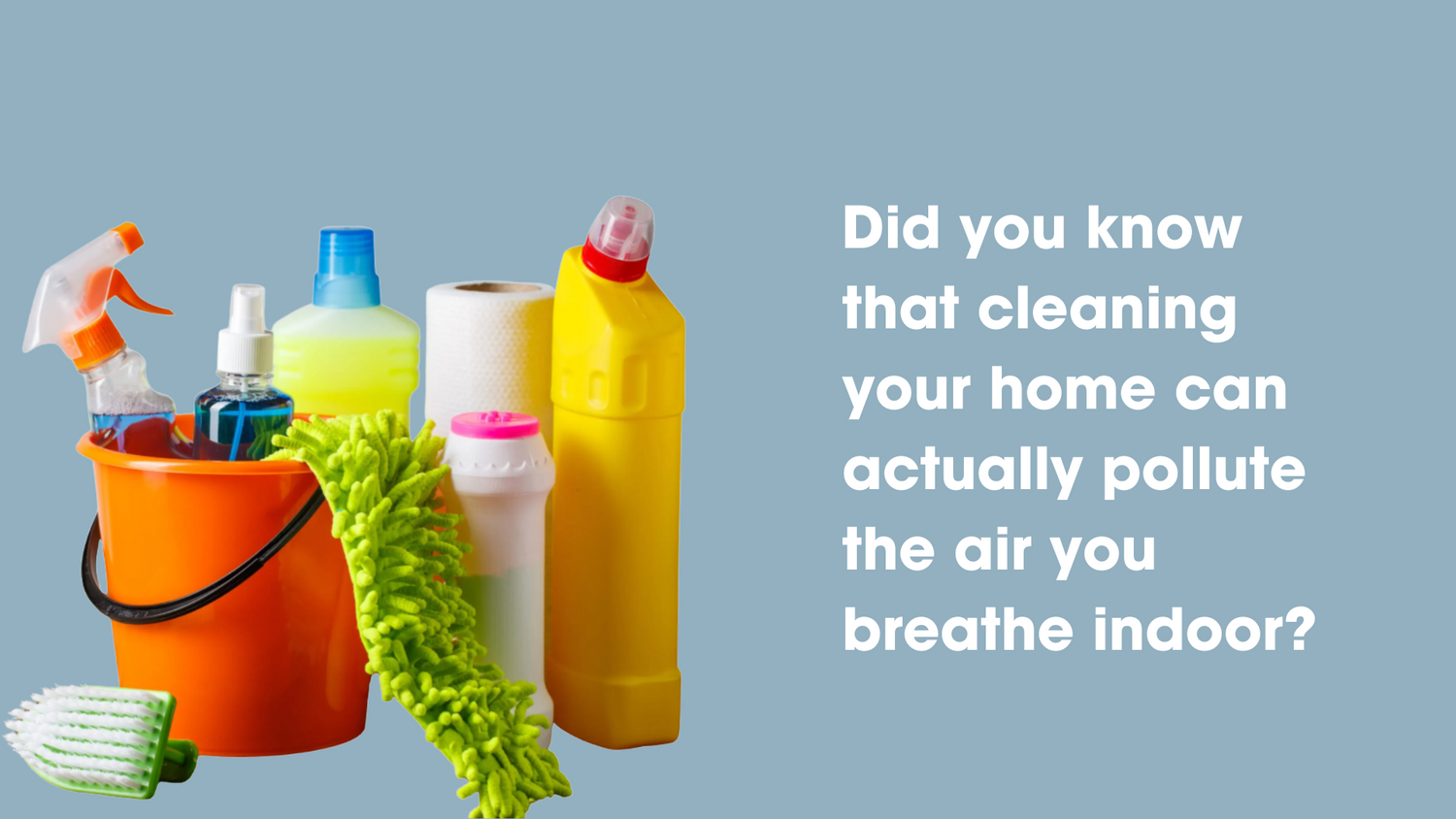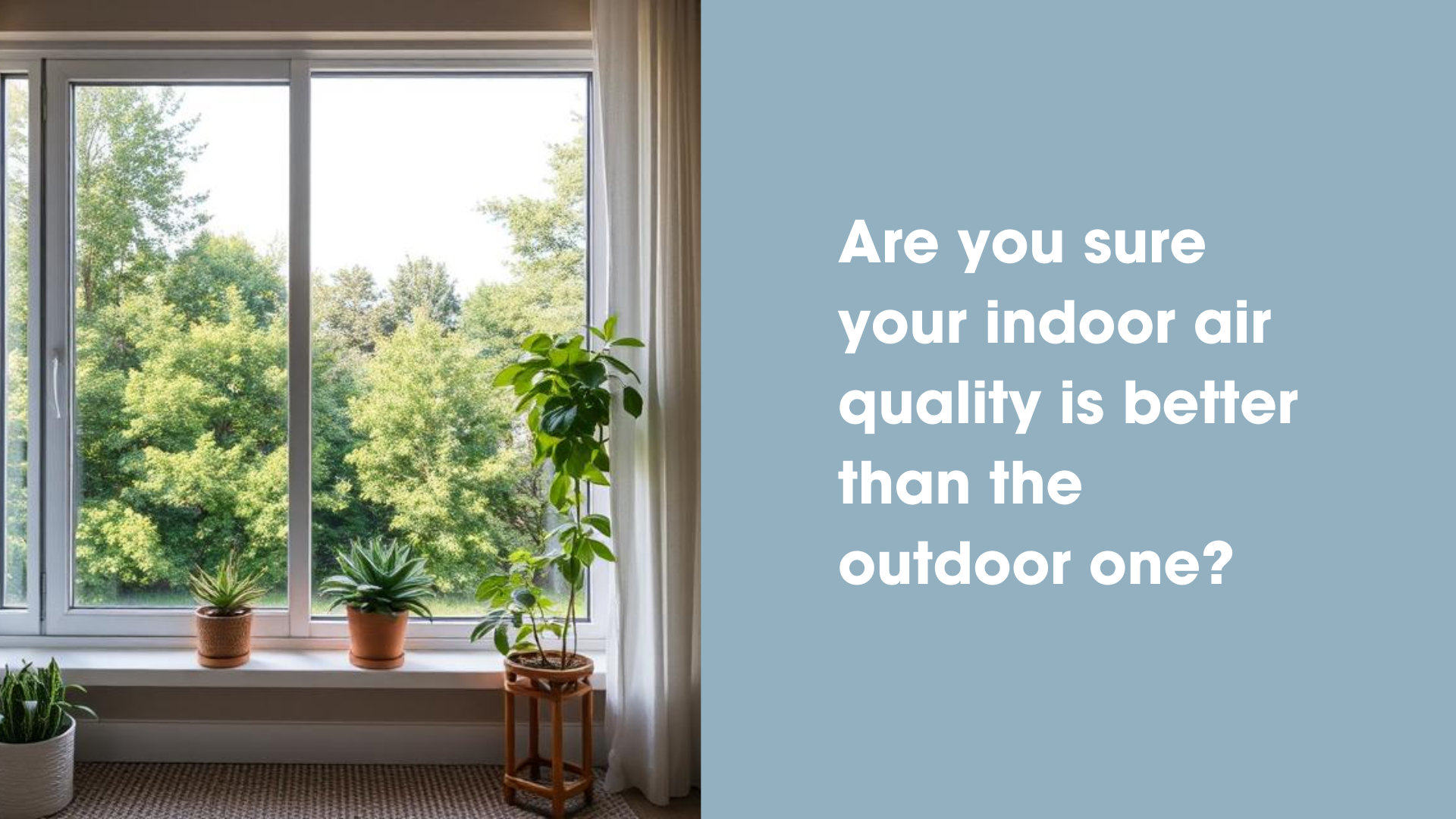Purdue University researchers found that scented household products, like air fresheners and wax melts, release volatile chemicals that react with ozone, forming harmful nanoparticles. These particles, similar to those from gas stoves and car exhaust, can deeply penetrate the lungs. Their "tiny house lab" studies show that everyday products significantly impact indoor air quality. The findings highlight the need for better monitoring and regulations to reduce health risks.
A study by Purdue University engineers reveals that scented household products, such as air fresheners, wax melts, and cleaning agents, can significantly degrade indoor air quality. These products release volatile chemicals, which react with ozone to form nanoscale particles that can deeply penetrate the respiratory system. Using a "tiny house lab" equipped with advanced sensors, researchers found that scented wax melts pollute the air as much as candles, and gas stoves emit nanoparticle levels comparable to car exhaust.
The research highlights that nanoparticles from scented products can reach extremely high concentrations, with up to 10 trillion particles depositing in the lungs within 20 minutes of exposure. Additionally, hair care products release volatile chemicals that linger in the air, further affecting indoor air quality.
To improve air monitoring, researchers collaborate with industry partners to test cutting-edge instruments, aiming to enhance regulations and indoor air management. Their findings emphasize the need for better awareness and policies to minimize health risks associated with everyday chemical emissions indoors.
KEY FINDINGS
1. Scented household products degrade indoor air quality – Air fresheners, wax melts, and cleaning products release volatile chemicals that react with ozone, forming harmful nanoparticles. These chemicals should not be mistaken for alcohol-free natural essences, like the Puricraft ones, which can be safely used to scent indoor environments.
2. Nanoparticles penetrate deep into the lungs – These tiny particles can spread to other organs, posing potential health risks.
3. Wax melts pollute as much as candles – Despite being flame-free, they emit high levels of terpenes, which trigger nanoparticle formation.
4. Gas stoves emit nanoparticles comparable to car exhaust – Cooking on gas produces massive amounts of ultrafine particles, potentially exceeding exposure from traffic pollution.
5. Hair care products contribute to indoor pollution – Volatile chemicals from common hair products linger in the air, increasing exposure risks.
6. Indoor air quality is often underestimated – The research underscores the need for better monitoring, regulations, building design and appliances to minimize exposure to harmful particles.
So, what can you do to reduce these risks?
First, you can choose to use natural-based cleaning products instead of chemical ones and ensure proper ventilation during and after their use.
In addition, the use of air purifiers and sanitizers, such as those produced by Puricraft, significantly helps reduce the listed risks as well as the health risks from outdoor pollution that enter the home when opening window.
Link to related papers:
Flame-free candles are not pollution-free: Scented wax melts as a significant source of atmospheric nanoparticles Environmental Science & Technology Letters DOI: 10.1021/acs.estlett.4c00986
Real-time evaluation of terpene emissions and exposures during the use of scented wax products in residential buildings with PTR-TOF-MS Building and Environment DOI: 10.1016/j.buildenv.2024.111314
Rapid nucleation and growth of indoor atmospheric nanocluster aerosol during the use of scented volatile chemical products in residential buildings ACS ES&T Air DOI: 10.1021/acsestair.4c00118


Leave a comment
This site is protected by hCaptcha and the hCaptcha Privacy Policy and Terms of Service apply.